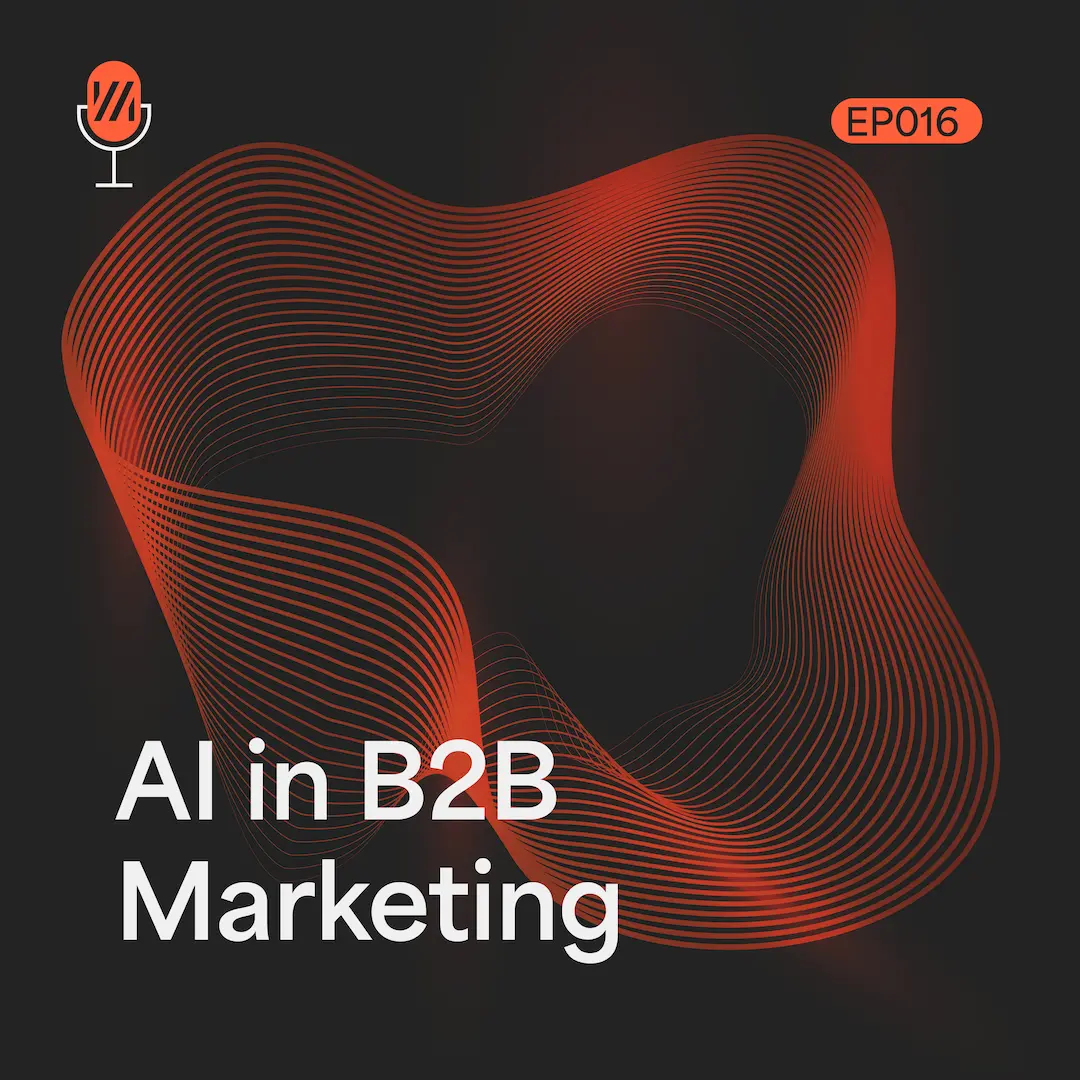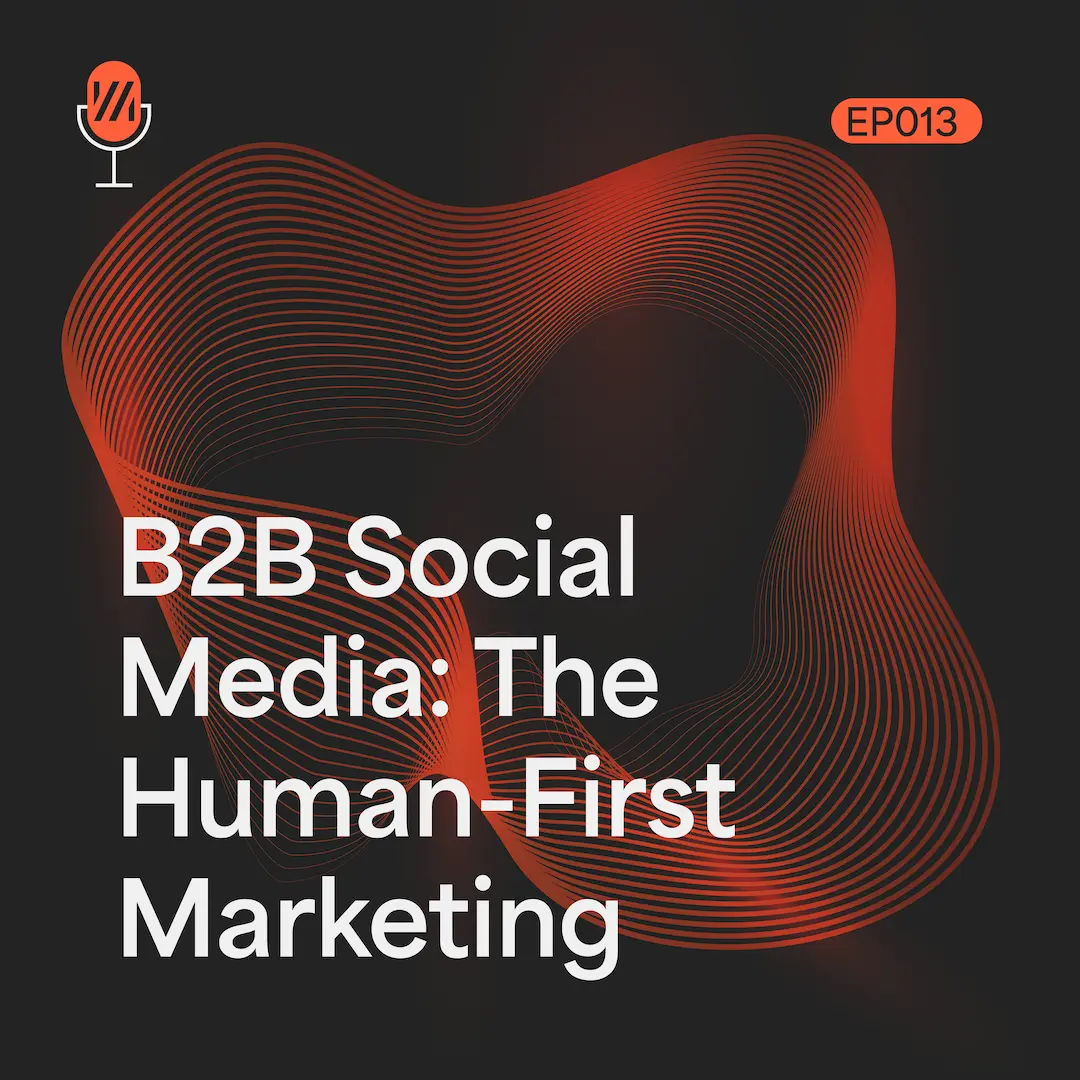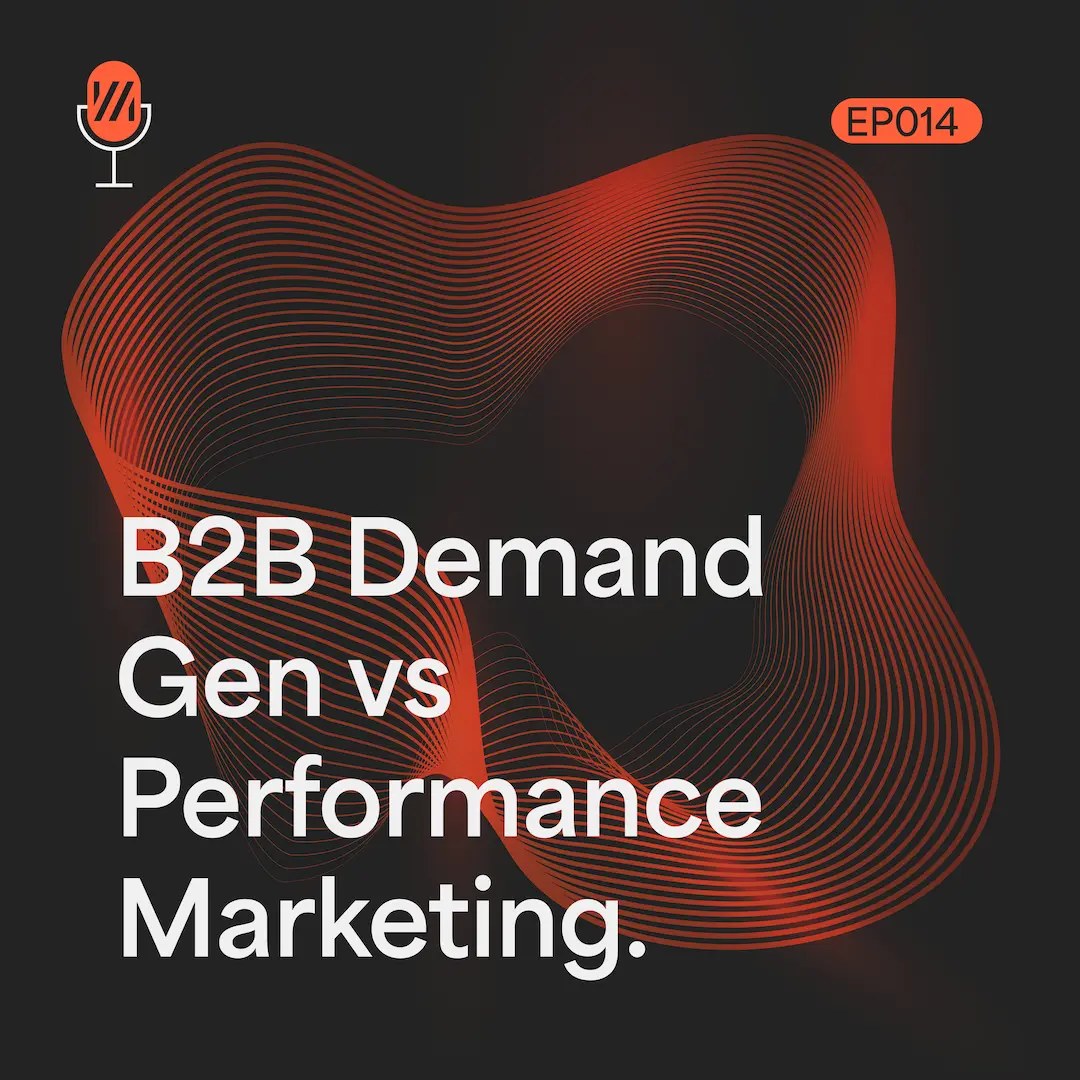Understanding the automated optimisation and machine learning behind responsive search ads (RSAs) is a game changer.
Knowing how the Google Ads algorithm builds your responsive ads will give you a great foundation for creating ads that perform brilliantly for your business.
You’ll have a better understanding of the types of headlines, descriptions and images that are likely to perform better.
Giving the AI this head start will result in you reaching highly optimised ad performance much quicker – saving budget and maximising ROI.
Who doesn’t want that?!
How does Google Ads generate responsive search ads?
Here’s the quick answer: Google Ads uses machine learning algorithms to test combinations of advertiser-provided headlines, descriptions, and images on the fly to construct tailored search ad variations that maximise relevance and performance for individual search queries and users.
Key takeaways:
- Google Ads leverages machine learning algorithms to dynamically test combinations of advertiser-provided headlines, descriptions, images and assets to create tailored search ad variations for individual search queries and users.
- The machine learning models optimise combinations based on historical performance data around interactions, conversions and relevance metrics to identify highest performing asset permutations.
- Continuous automated experimentation powered by machine learning algorithms allows responsive ads to achieve a high degree of relevance.
- Advertisers play a crucial role in providing compelling headlines and benefit-focused descriptions as raw creative inputs for the machine learning models to refine into optimal combinations.
- By combining machine learning optimisation with manual performance tracking and asset refinement, responsive search campaigns stay relevant as search patterns and external factors evolve.
What are Responsive Search Ads (RSAs)?
Responsive search ads (RSAs) are a special type of Google Ads that dynamically adapt an advertiser’s text and assets to create optimal search ad combinations tailored to each user query.
Introduced by Google in 2017, responsive search ads represent an evolution beyond the enhanced text ads (ETAs) they replaced.
Here’s the timeline of their introduction:
- Standard Text Ads (launched in 2000 | retired in 2017)
25 character headline, 2 description lines of 35 characters each, and a display URL of 35 characters. - Enhanced Text Ads (launched in 2016 | retired in 2022)
3 headlines of up to 30 characters (2 required, one optional), 2 description lines of 90 characters each, 2 optional URL paths up to 15 characters. - Responsive Search Ads (launched in 2018 | current format)
3 headlines of up to 30 characters (2 required, one optional), 2 description lines of 90 characters each, 2 optional URL paths up to 15 characters.
RSAs use advanced machine learning algorithms to create search ads on the fly.
The ads are built using the available headline, description, image and other asset options you provide.
By mixing and matching asset components, Google Ads generates the highest-performing ad variations for every search query and individual searcher.
Key characteristics that set RSAs apart include:
- Automated optimisation – Google’s algorithms test combinations and maximise performance automatically, reducing the need for manual testing and optimisation.
- Flexibility – Multiple headlines, descriptions and images can be provided for the engine to choose from. RSAs adapt to capture interest.
- Responsiveness – The most relevant assets are selected in real time for each query and user, leading to better relevance than static ads.
- Consolidation – Multiple tightly-themed ad groups can be combined into one campaign while preserving relevance through responsive ads.
In essence, responsive search ads continually optimise themselves.
And this is where the real power of RSAs lies.
Being able to better match search intent is such a powerful feature.
Where typical search ads display the same content regardless of query or searcher, RSAs adapt on-the-fly just like organic search results.
The components of RSAs
So, we know that RSAs are created using various assets that Google Ads combines at serving time to create tailored ad variations, but what are the key building blocks?
Let’s take a look…
Headlines – Advertisers provide 2-15 tight headlines relevant to the product, service or website. Google chooses the most fitting headline for each search.
Descriptions – 2-4 detailed descriptions further describe offerings and value propositions. Google selects descriptions complementing chosen headlines.
Images – Up to 15 relevant images can be included as visual assets. Images boost visibility and may relate directly to headlines.
Keywords – Exact and phrase-match keywords help align assets with search queries where they will perform best. Keywords trigger asset selection.
Brand Name – A brand name or website to provide branding continuity across dynamic variations. This ties varying combinations together.
Business logo – to further support branding you can add your business logo.
Sitelinks – Introduce more of your content to your audience with up to six links to other pages on your website.
Promotions – Highlight your sales and promotions with promotion assets.
Prices – Including prices provides essential information for your potential customers. They can instantly see whether what you offer is at their price point. It also helps you pre-qualify leads and improve ROAS.
Calls – Give customers the option to call you directly from your ad, reducing the time to sale.
Callouts – Callouts can improve your ads by promoting unique offers to shoppers, like free delivery or 24-hour customer service.
Structured snippets – Bring extra detail to your ads by using structured snippets to highlight specific features of your offering.
Lead forms – Similar to calls, lead forms allow you to capture the lead directly within the ad, rather than sending the searcher to your site first. It’s a great way of reducing the steps needed to capture a lead.
Google rotates combinations seeking maximum performance, and top assets emerge through machine learning.
You can pin headlines and descriptions to ensure they’re used in all generated ad combinations, giving you more control over the ad combinations.
How RSAs differ from enhanced text ads
While enhanced text ads allowed variations of ad copy, RSAs now take optimisation to an advanced level using automation.
Enhanced text ads would display exactly as designed for all searches within targeted keywords. RSAs adapt the components displayed to each individual query using the same targeting.
Some key advantages RSAs introduce include:
- More headlines & descriptions – enhanced text ads allowed 3 headlines in ads. The previous format expanded text ads which were phased out in 2022) allowed 3 headlines and 2 descriptions. With up to 15 headlines and 4 descriptions for Google to create combinations from, this is now much more powerful.
- Pinned headlines & descriptions – the ability to pin headlines and descriptions to different positions within the ad allows for more dynamic testing of things like offers, social proof and CTAs.
- Branding – the ability to add business name and logo as assets to serve above responsive search ads adds a dimension of branding. So you no longer need to take up one of the headline slots for the brand name.
- Smart combinations – with the increased number of variations in headlines & descriptions, Google is now able to tailor your ad according to both the searcher and what they’re searching for.
The fluid nature of RSAs provides a high degree of flexibility.
Having access to multiple components allows Google to optimise combinations for every query, device and searcher through continuous experimentation and machine learning.
In short, responsive search ads reduce advertisers’ workload while maximising relevance, visibility, and performance through automated optimisation.
This hands-free approach to management allows effort to focus on assets, messaging and overall campaign strategies.
Benefits of using RSAs
Enhanced ad versatility and testing
A major advantage offered by responsive search ads is enhanced versatility.
With multiple headlines, descriptions, and images to work with, Google Ads can run on-the-fly A/B and multivariate testing by combining assets in different permutations.
This allows you to include a diverse range of messaging options beyond what standard character limits may permit.
Varied tonality, offers, propositions, calls-to-action (CTAs) and branding can be incorporated within the components used to create your ads and refined based on performance.
Responsive capabilities also enable granular control over asset pinning and exclusions.
For example, you may choose to pin high-performing CTAs within headline 2 while pinning a brand statement in description 1. The remaining combinations then adapt around pinned elements based on continual testing.
By consolidating ads into a single campaign, the heavy lifting of asset testing and optimization happens automatically. Algorithms crunch huge volumes of performance data to determine optimal combinations that can outperform what manual testing can achieve.
Ongoing iteration means RSAs stay fresh and aligned to seasonal demands or current events, adapting selections from available assets. For example, what resonates during holiday periods may differ from regular months.
Performance metrics: CTRs and conversions
While relevance drives user engagement, conversion and return on ad spend (ROAS) are key facets determining the business impact of campaigns.
Here, responsive ads can also outperform traditional models through enhanced performance.
According to internal Google studies, responsive search ads lift click-through rates by an average of 10-30% compared to non-optimized enhanced text ads.
Some cases exceed 100% improvements once assets are sufficiently refined.
These clicks convert to customers more effectively as well. Specific industries have recorded conversion improvements between 20-40%, especially in competitive niches where relevance resonance is business critical.
For example, a hotel advertiser providing a suite of assets tailored to room types, locations and travel dates allows Google to permutate combinations matching specific search queries exceptionally well.
Someone searching for a luxury spa getaway packages over the weekend sees very different selections compared to a business traveller booking a weekday conference stay.
Relevance drives conversion.
The caveat here is that machine learning algorithms need sufficient volume across asset types to optimise combinations effectively.
With optimised and relevant combinations aligned to search intent, responsive search ads achieve substantial improvements on key metrics like CTRs and conversions versus traditional search campaigns.
The automated flexibility RSAs introduce caters to each context, query and user individually for maximum quality performance.
The role of user input in RSA creation
Importance of advertiser input
While machine learning optimisation plays a key function, responsive search ads rely heavily on advertiser input as the foundation.
You need to carefully craft headlines, descriptions and keywords to provide the best raw materials for algorithms to create high-performing combinations.
Dynamic keyword insertion tags also allow specifics like locations, product names or category keywords to adapt ads to searches.
Countdown timer inserts can likewise highlight closing dates for sales events within headline selections.
As the name suggests, location insertion allows you to tailor your responsive search ad text to your customers’ locations, regular locations, or locations of interest.
Similar to keyword insertion and countdown timers, ad customisers let you dynamically insert content into your ads, offering tailored messaging (matched to keywords and search intent) and huge scalability as a single text ad can have hundreds of variations.
As with many things in marketing, garbage in equals garbage out.
With this in mind, selecting assets that accurately convey brand messaging and offerings is crucial. In essence, good inputs become great through machine optimisation.
However, insufficient inputs hamper automated enhancement potential.
Advertisers drive the creative foundation underpinning success. Evocative headlines and benefit-driven descriptions capture user attention even before any optimization permutations happen.
Balance is ideal — creative flair with parameters for the engine to mould improvements.
Crafting compelling ad copy
Writing persuasive ad headlines and descriptions is both art and science.
While algorithms crunch performance data to deduce patterns, the human touch creates assets that make emotional connections with your audiences.
Compelling responsive search ad copy balances creativity with components for optimisation.
Key elements of impactful ad writing include:
Provocative headlines
- Present an interesting promise hinting at the value on offer to grab attention.
Descriptive elaborations
- Build on headlines to explain why the offering benefits the searcher.
Conversational tone
- Adopt a friendly tone that resonates without seeming salesy.
Relevant keywords
- Enable semantic connections between user intent and asset themes.
Trust signals
- Things like social proof, stats around company size or number of assets, and number of happy customers all help build trust in your brand.
Promises and offers
- Enticing offers and promises help persuade potential customers to enquire.
Clear Calls-to-Action
- Provide explicit directives to click and convert beyond the platform.
Balancing creativity and algorithmic preferences
While compelling creative provides the building blocks for creating high-performing responsive ads, understanding what elements machine learning models seek to prioritise helps polish assets further.
Certain components lend themselves better to automated optimisation combination testing.
For example, the following factors enable Google AI to align permutations with search queries precisely.
- Including brand references for continuity.
- Adding multiple CTA variants to pin best performers.
- Prefixing locations for geographic optimization.
- Frontloading benefits in initial assets.
- Tagging categories for vertical specificity.
However, retaining creative flair in how value is presented sustains organic user appeal.
Therein lies the balance – marry human creativity with dimensions enabling automated enhancements for optimally effective responsive search ads.
Further supporting this idea are the settings to either distribute ads evenly (which is great for manual split testing) or to prefer best-performing ads (if you want Google to do the heavy lifting for you).
Google’s machine learning in RSA optimisation
Understanding machine learning in Google Ads
At its core, machine learning involves algorithms that have the ability to learn behaviors from data without being explicitly programmed for specific parameters.
In Google Ads, sophisticated machine learning models enable responsive search ads optimisation driving better campaign performance.
When advertisers provide multiple headlines, descriptions and images within an ad group, these assets form the foundations for algorithms to start testing combinations.
Machine learning models take historical data on interactions, conversions and performance metrics to identify patterns within yours ad combinations.
Over time, the algorithms get better at figuring out which combinations of headlines, descriptions and even images perform best for individual queries and user segments.
High-performing combinations emerge through continual experimentation and statistical analysis.
Algorithmic testing and ad combination
The underlying processes through which machine learning optimises responsive search ads involve sophisticated experimentation frameworks.
For each user query, the models assess past performance data to create relevant RSA variant combinations on the fly to display.
Hundreds of headline and description combinations can be tested simultaneously using experimentation algorithms.
Each permutation is scored based on expected click-through rates, conversions, and other relevance metrics.
Components are then further combined via diversification models ensuring variety.
Over successive query auctions, the blend of assets shown keeps optimising based on interaction feedback through reinforcement learning. Better performing variants surface progressively, amplified further by additional recombination.
This allows tailored RSA combinations aligned to search intent even when queries haven’t been seen before.
Continuous analysis means responses stay current and adaptable to events like COVID-19 or holiday purchasing boosts.
As user behaviour evolves, so do serving combinations.
Adapting to user behaviour and preferences
A key advantage of responsive ads is fluid presentations adapting to changes in audience interests over time.
Beyond query keywords, user signals like demographics, past interactions, device types and more provide rich dimensions for customisation down to the individual level.
Changes in demand also impact asset prioritisation.
Server load balancing determines ad importance based on supply-demand curves, aligning RSAs to the highest-converting themes.
You can leverage this reactivity through flexible assets covering a spectrum of scenarios — from location or category keywords to broad appeal product differentiators.
Aligned to purchase funnels, RSAs can guide users through consideration before driving conversions.
In essence, automated optimisation coupled with machine learning ensures campaigns stay relevant.
Instead of one-size-fits-all static ads, each impression delivers a tailored experience matched to consumer needs at that moment.
This personalisation drives better attention, engagement and conversions at scale.
Machine learning optimisation forms the brains behind responsive search ads capability to adapt presentations to individual searches, segments and temporal factors effortlessly for maximised results.
Monitoring and adjusting RSAs over time
The importance of performance metrics
Continuous performance tracking is essential for responsive search ads.
Key metrics like click-through rates (CTRs), conversion rates, cost per conversion and return on ad spend (ROAS) determine the true impact of RSA campaigns.
While Google’s algorithms optimise combinations automatically, human insight identifies areas needing refinement.
Ongoing checks also highlight when additional assets are needed to capture emerging query demand.
Metrics reveal the best-performing combinations at a granular level. Then, using pinned components, you can amplify elements working well while pruning poorer assets.
When doing this, remember to check statistical validity to eliminate one-off spike biases.
Dashboard tracking also provides snapshot health checks on overall asset resonance.
Periodic reviews help assess if your messaging still reflects brand evolution or if new offering additions need updating.
In essence, performance metrics complement automated optimisation with a manual feedback loop for maintaining continuous effectiveness, even as user search patterns shift over time.
Making data-driven adjustments
Monitoring your campaign metrics provides an empirical framework for optimising responsive ads.
Key opportunities for improvement include:
Low CTRs
- Try different headlines focused on user benefits.
- Test adding countdowns or time-based urgency.
- Adjust descriptions to be more specific.
High CTRs, low conversions
- Ensure ads link to relevant landing pages.
- Test including more conversion details in descriptions.
- Make calls to action clearer about next steps.
Spiking reach, budget exhaustion
- Add an ad schedule to only serve ads in key parts of the day.
- Remove keywords that are generating high traffic with low conversions.
- Change the bid strategy to a more restrictive option like maximise conversions or target CPA.
Data-driven experimentation never stops as search dynamics shift continuously.
Continuous learning and ad evolution
Responsive search campaigns operate as self-learning engines through constant measurement, testing and refinement in an autonomous feedback loop.
Ongoing user interactions feed data back into machine learning algorithms for continuous optimisation.
Google then adjusts serving combinations, seeking maximum conversions at the target budget and return on ad spend levels.
Human fine-tuning helps reorient messaging and ensures assets stay reflective of brand values amidst evolutions.
As new offerings get added, so should corresponding assets for matching.
Best practices for implementing RSAs
Writing effective RSA copy
Crafting quality ad copy provides the foundation for responsive search ads to shine. Some best practices include:
Benefit-focused headlines – Highlight the most compelling user benefits prominently within headlines to capture attention, especially in the first headline.
Engaging descriptions – Elaborate on headlines by explaining why the offering is valuable. Emphasize differentiation and evoke emotion without excessive superlatives.
Conversational tone – Adopt a friendly tone that builds trust. Avoid overly sales-y or formal language. Write like a helpful acquaintance.
Relevant keywords – Include keywords naturally within your copy rather than awkward keyword stuffing. This signals relevance.
Clear calls-to-action – Provide explicit directives to click, buy now, sign up, etc. Reduce confusion about desired next steps.
With a limited set of assets permitted per campaign, each RSA component needs careful strategic consideration for optimal automated combination testing.
Monitoring and optimizing RSA performance
Continuous performance tracking enables data-driven RSA optimizations over time, including:
- Review click-through-rates and conversion metrics weekly better higher funnel visibility.
- Leverage Google Analytics to assess downstream impacts.
- Identify best performing combinations and limit poor assets.
- Test new headlines and descriptions when metrics plateau.
- Monitor changes in searching audience demographics and interest.
- Keep assets reflective of seasonal shifts and current events.
Frequent reviewing unlocks additional uplift potential through informed human guidance layered over automated optimization.
Integrating RSAs into a holistic ad strategy
While responsive search ads offer unmatched capability for automated optimisation, integration with other formats and channels amplifies impact:
- Use RSAs for demand harvesting search campaigns.
- Create display campaigns with inventory targeted to website visitors.
- Develop YouTube videos elaborating on key user benefits.
- Sync email campaigns for nurturing prospects.
- Optimise landing pages and sites for conversions.
This cross-channel amplification trains machine learning model performance through richer data flows. Visitors engage further after seeing RSAs, providing additional signals.
Responsive ads thrive within comprehensive strategies unified by common messaging themes tailored for each medium.
Automate upper funnel stages, guide middle segments manually and track everything relentlessly.
Responsive search campaigns warrant savvier management than conventional models, but diligent effort can create campaigns that perpetually improve.
Potential challenges and considerations with RSAs
Ad strength
While pinning headlines can help optimise Responsive Search Ads (RSAs), overuse of pinning can negatively impact overall ad strength.
Google evaluates numerous factors in calculating ad strength, including expected clickthrough rate, landing page experience, and ad relevance.
Excessive pinning reduces the headline and description combinations tested, limiting the data used to assess relevance.
This may result in lower ad strength.
However, moderate pinning of particularly effective components like calls-to-action can improve strength.
The key is finding the balance between editorial control and allowing sufficient algorithmic optimisation flexibility.
Rotating some assets provides ongoing combination insights without drastically reducing testable variants.
While low ad strength may intuitively signal issues, strength alone does not directly correlate with performance.
An RSA with a Below Average rating may still convert well if shown for relevant searches. So it’s important to assess metrics holistically rather than relying solely on ad strength ratings.
Navigating the limitations of automation
The data-driven automated nature of Responsive Search Ads makes them less effective in certain situations:
Low search volume
- Insufficient queries mean limited optimisation data for the machine learning algorithms.
Highly specialised product ranges
- Narrowly targeted assets aligned to explicit product names or SKUs leave little room for successful combination permutations.
Frequent sales or promotions
- Continuous short-term offers don’t accrue enough performance data before changing.
Unknown brand names
- Unfamiliar advertisers with new offerings may need traditional ads emphasising brand building first before leveraging automation.
While RSAs excel for known established brands, caution helps where limited historical data exists for the algorithms.
Aligning RSAs with brand messaging
Maintaining alignment between responsive ads and broader brand messaging involves:
- Conducting periodic brand refreshers updating assets.
- Including brand name references wherever possible.
- Tagging assets to campaign objectives for consistency.
- Monitoring metrics by ad group to ensure adequate differentiation.
- Optimising underperforming combinations with tightened focus.
RSAs indirectly aid branding through machine learning, prioritising better-performing combinations. But direct oversight ensures responsive combinations don’t drift from intended messaging.
Adapting to changing market conditions
Finally, agility to evolving user preferences allows sustaining RSA effectiveness. Just as continual automated optimisation happens behind the scenes, you must actively track landscape shifts.
This means:
- Regularly reviewing search query reports for new demand trends.
- Adding fresh assets aligned to rising preferences.
- Testing merchandise or service expansion opportunities.
- Monitoring performance indicators across micro-segments.
- Streamlining underperforming categories quickly.
Combining this human review with machine learning optimisation creates RSAs that deliver perpetually improved results as contexts shift.
Test yourself
- What machine learning techniques does Google Ads leverage to optimise combinations of headlines, descriptions and images into responsive search ads?
- How do the machine learning models powering responsive ads continually improve ad performance over time for individual searches and users?
- Why are advertiser-provided assets like benefit-driven headlines and emotional descriptions crucial for enabling the machine learning models to generate effective ads?
- How can advertisers balance automation with manual optimization like pinning assets or excluding poor performers to enhance results?
- Why must advertisers continuously track shifting external factors and add new assets aligned to rising search preferences to sustain RSA relevance?




